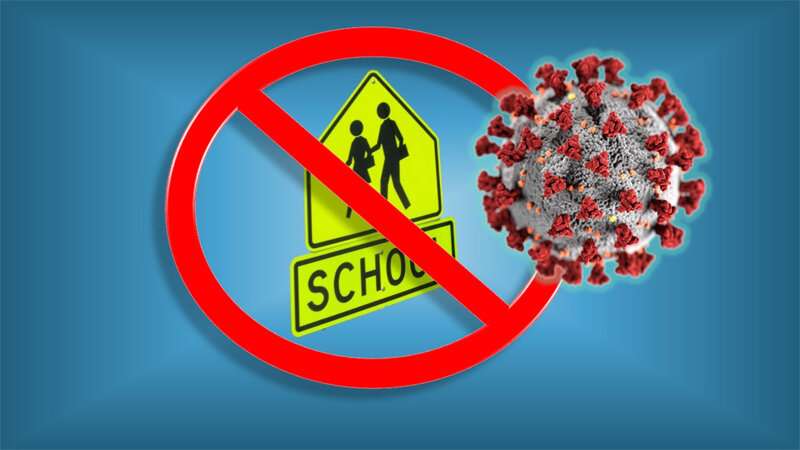
The COVID-19 pandemic has magnified the social, educational and health care disparities already plaguing the nearly 40 million Americans the U.S. Census Bureau estimates are living in poverty. Perhaps the hardest hit members of that population, say three pediatricians at Johns Hopkins Children’s Center and Children’s National Hospital, are children from low-income households who are experiencing major disruptions in already inconsistent routines and less-than-adequate resources critical to learning, nutrition and social development because of restrictions in place to curb the spread of the disease.
In a viewpoint article published in the May 13 issue of JAMA Pediatrics, the physicians provide examples of how efforts to keep COVID-19 in check have disproportionally impacted the nearly 1 in 5 U.S. children whose family incomes are below the poverty level.
“For example, many school districts are engaging in distance learning during the pandemic, but there is wide variability in the ability to access quality educational instruction, digital technology and internet service, especially by rural and urban students,” says Megan Tschudy, M.D., M.P.H., assistant medical director at the Harriet Lane Clinic of Johns Hopkins Children’s Center and assistant professor of pediatrics at the Johns Hopkins University School of Medicine. “In some urban areas, as many as one-third of students are not participating in online classes because of challenges accessing the internet.”
The authors cite other difficulties that COVID-19 policies and regulations have placed on children from low-income households, including missing months of school by a student population commonly burdened by chronic absenteeism, the inability to get nutritious meals previously provided before and during school hours, and removal of key resources available at schools such as “consistent and caring adults who can help build resiliency and offer holistic support.”
Source: Read Full Article
